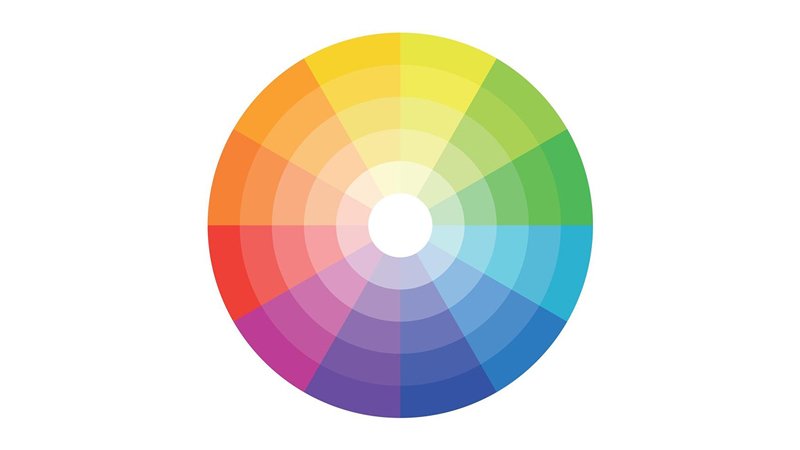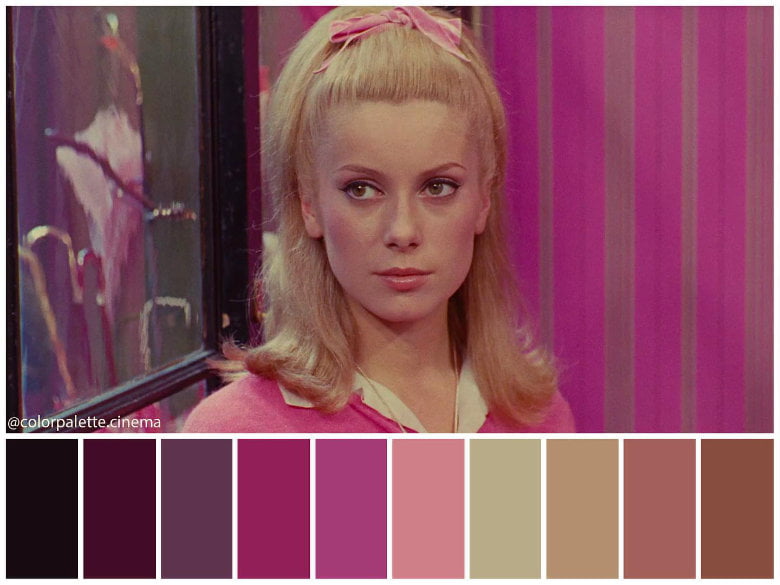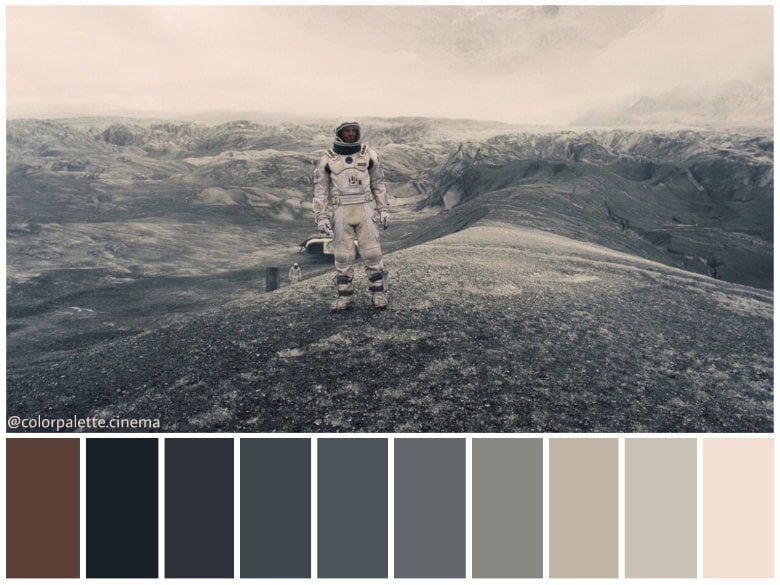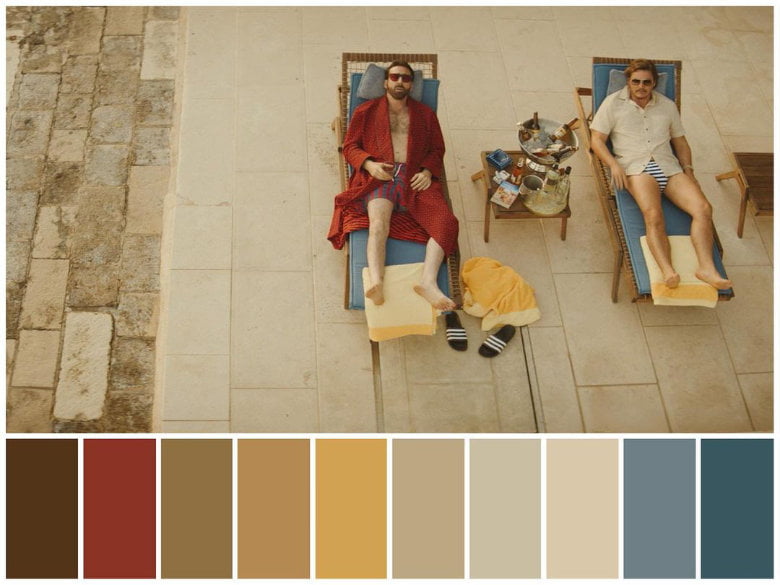Color Grading Techniques by Film Genre


Color grading techniques by film genre aren’t just about adding a cool look to a movie. It’s about storytelling, setting the mood, and enhancing the emotional impact of a scene. Each film genre, be it thriller, romance, or sci-fi, has its unique palette that sets the tone and complements the narrative. Whether you’re working on a gritty action film or a light-hearted comedy, understanding genre-specific color grading can elevate your project from good to unforgettable. This isn’t just slapping on a filter; it’s about crafting a visual experience that resonates with your audience and amplifies the story being told.
Exploring the Palette of Thrillers: Dark and Mysterious Color Grading
Ah, thrillers! They’re all about suspense, right? The color grading here plays a huge role in building that edgy, nail-biting atmosphere. We’re talking about desaturated colors, cooler tones, and often a blue or green tint to give that eerie feeling. Think about how a dimly lit alley or a shadowy figure becomes ten times more suspenseful with the right color scheme. It’s not just about making it dark; it’s about enhancing the mystery and tension inherent in the genre.

Romance Films: Crafting a Warm and Inviting Color Spectrum
Moving to romance films, the vibe changes completely. Here, color grading is all about warmth and softness. We often see a lot of pinks, soft oranges, and warm light to create that cozy, intimate feeling. It’s like the visual equivalent of a warm hug. This palette helps in setting the mood for those heart-fluttering moments. It’s not just about the characters falling in love; the audience should feel it too, right through the screen.

Science Fiction: Futuristic Hues and High-Contrast Grading
Sci-fi is where you can really get creative with color grading. You’ve got your neons, your stark contrasts, and often a cooler overall tone to convey that futuristic or otherworldly feel. Think about how different shades of blue, purple, and even harsh whites can create a sense of advanced technology or alien landscapes. This genre allows for some really out-of-the-box thinking in terms of color choices.

The Role of Color in Comedy: Bright and Vibrant Grading Techniques
Lastly, let’s chat about comedies. This genre often uses bright and vibrant colors to match the light-hearted and humorous mood. You want your audience to feel good, to laugh, and the colors play a big part in setting that tone. Bright yellows, reds, and other saturated colors can make the scenes feel lively and fun. It’s like the visual laughter of the film world!

So, there you have it. Genre color grading isn’t just about making your film look good; it’s a crucial part of the storytelling process. It sets the mood, conveys emotions, and can even become a character in its own right. Whether you’re working on a tension-filled thriller, a heartwarming romance, a futuristic sci-fi, or a belly-laugh comedy, remember that color grading is your secret weapon. Use it wisely, and you’ll not only captivate your audience but also leave a lasting impression. Keep experimenting, keep learning, and most importantly, keep creating those unforgettable visual experiences!
Ready to dive deeper into the world of color? If you found this exploration of genre-specific color grading intriguing, you’ll love our next piece. It’s a deep dive into the more nuanced aspects of color grading, where we peel back the layers and explore the techniques that truly bring a film to life. This is for those of you who want to master the art, taking your skills from foundational to phenomenal. Don’t miss it!

Responses